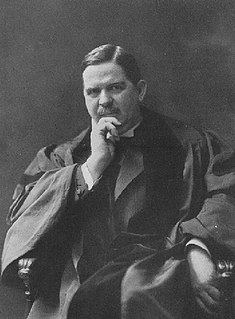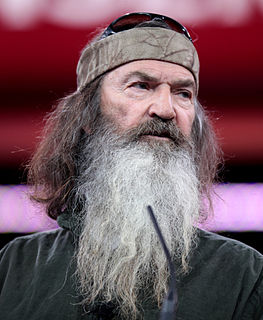A Quote by John Burnside
It takes a true encounter to realise that real animals, wild animals, have all but passed from our lives.
Related Quotes
Hear and attend and listen; for this is what befell and be-happened and became and was, O my Best Beloved, when the Tame animals were wild. The dog was wild, and the Horse was wild, and the Cow was wild, and the Sheep was wild, and the Pig was wild -as wild as wild could be - and they walked in the Wet Wild Woods by their wild lones. But the wildest of all the wild animals was the Cat. He walked by himself and all places were alike to him
Some meat eaters defend meat eating by pointing out that it is natural: in the wild, animals eat one another. The animals that end up on our breakfast, lunch, and dinner plates, however, aren't those who normally eat other animals. The animals we exploit for food are not the lions and tigers and bears of the world. For the most part, we eat the gentle vegan animals. However, on today's farms, we actually force them to become meat eaters by making them eat feed containing the rendered remains of other animals, which they would never eat in the wild.
Some kinds of animals burrow in the ground; others do not. Some animals are nocturnal, as the owl and the bat; others use the hours of daylight. There are tame animals and wild animals. Man and the mule are always tame; the leopard and the wolf are invariably wild, and others, as the elephant, are easily tamed.
There is no excuse for keeping wild animals in amusement parks or circuses. Until our governments take action, we should avoid supporting places where captive wild animals perform for our amusement. If the public will not pay to see them, the businesses that profit from keeping animals captive will not be able to continue.
Few photographers have ever considered the photography of wild animals, as distinctly opposed to the genre of Wildlife Photography, as an art form. The emphasis has generally been on capturing the drama of wild animals IN ACTION, on capturing that dramatic single moment, as opposed to simply animals in the state of being.
Marla tells me how in the wild you don't see old animals because as soon as they age, animals die. If they get sick or slow down, something stronger kills them. Animals aren't meant to get old. Marla lies down on her bed and undoes the tie on her bathrobe, and says our culture has made death something wrong. Old animals should be an unnatural exception. Freaks.



































